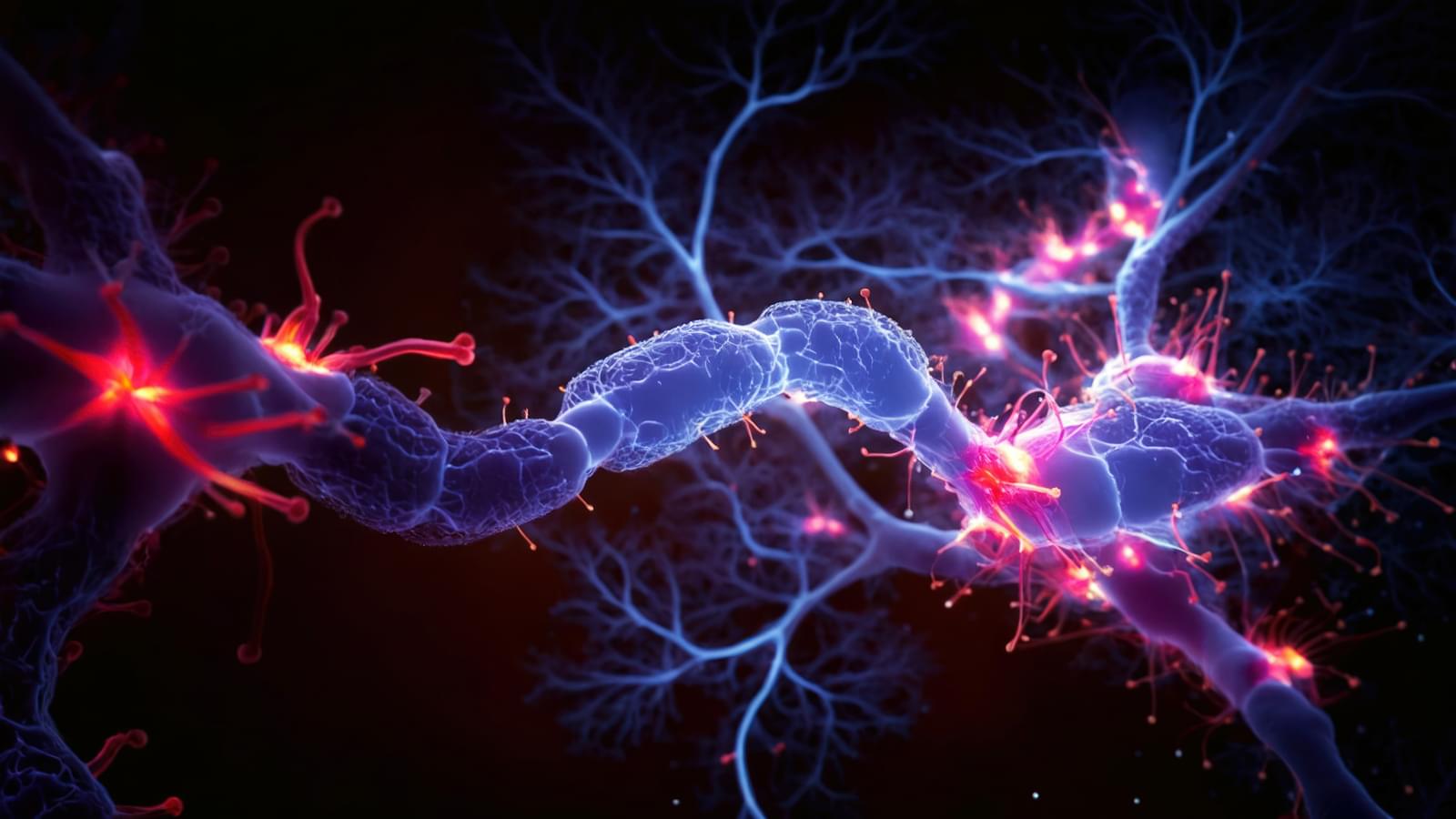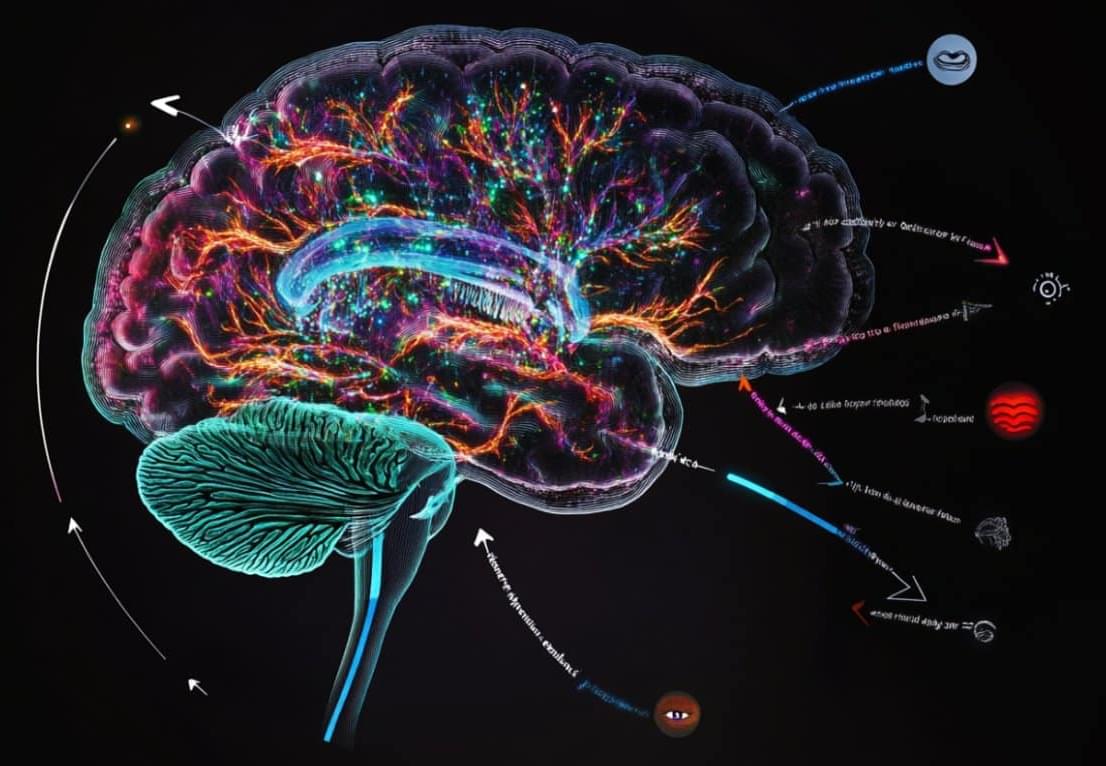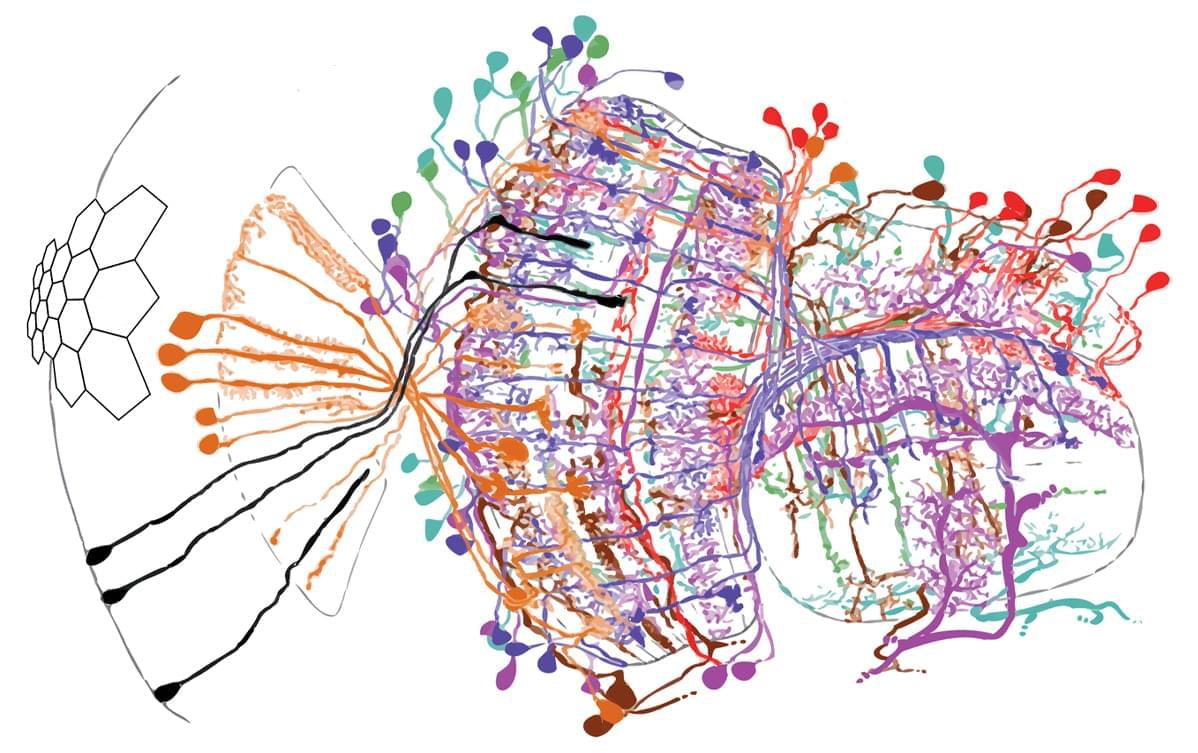Take a look at this interesting article that describes how consciousness creates life by maintaining the coherent organization of life-forms and by opposing the disorganizing effects of thermal disorder and entropy:




The common cold sore virus, which is often caught in childhood, usually stays in the body for life—quietly dormant in the nerves. Now and then, things like stress, illness or injury can trigger it, bringing on a cold sore in some people. But this same virus—called herpes simplex virus type 1—may also play an important role in something far more serious: Alzheimer’s disease.
Over 30 years ago, my colleagues and I made a surprising discovery. We found that this cold sore virus can be present in the brains of older people. It was the first clear sign that a virus could be quietly living in the brain, which was long thought to be completely germ-free—protected by the so-called “blood-brain barrier.”
Then we discovered something even more striking. People who have a certain version of a gene (called APOE-e4) that increases their risk of Alzheimer’s, and who have been infected with this virus, have a risk that is many times greater.




Mark Howe (Graybiel Lab Alumni), Boston University.
“Probing Neuromodulator Signals for Learning and Action”
Talk was a part of the McGovern Institute’s 25th Anniversary Symposium.

